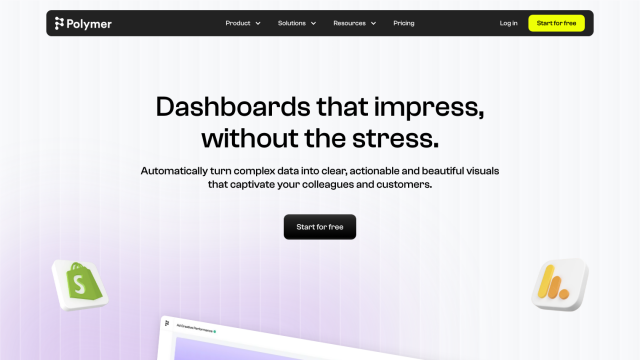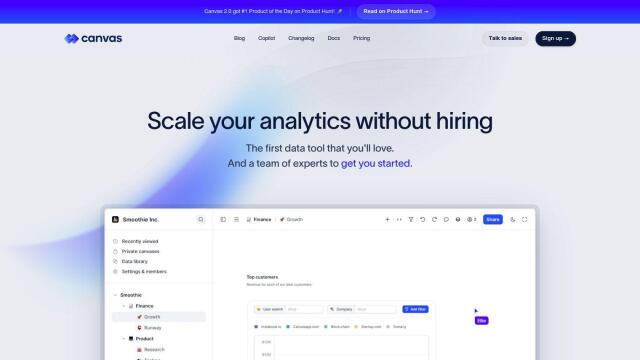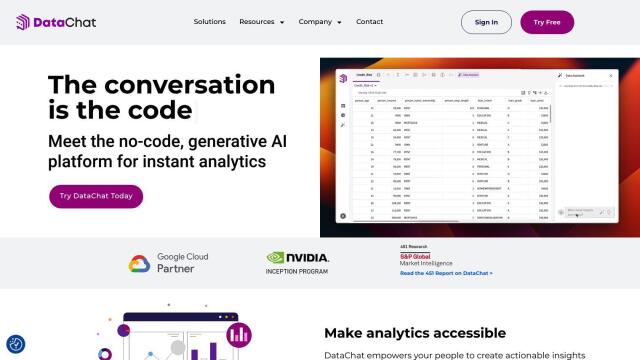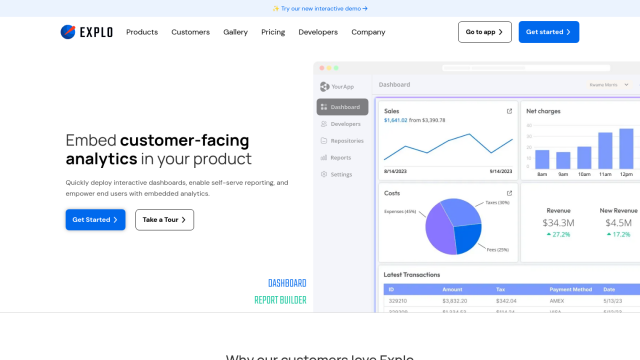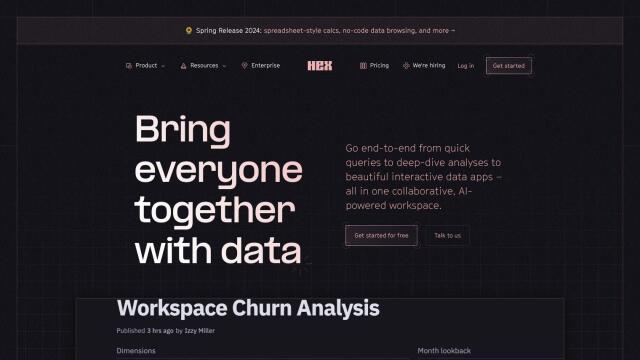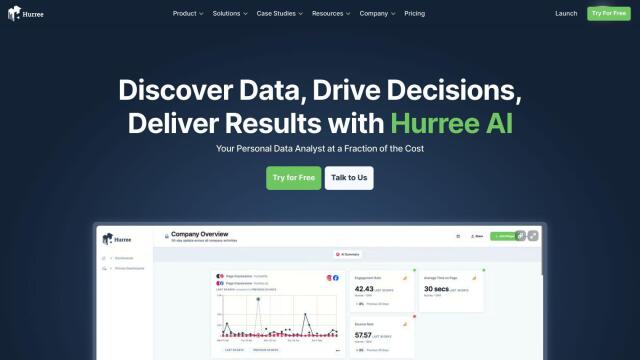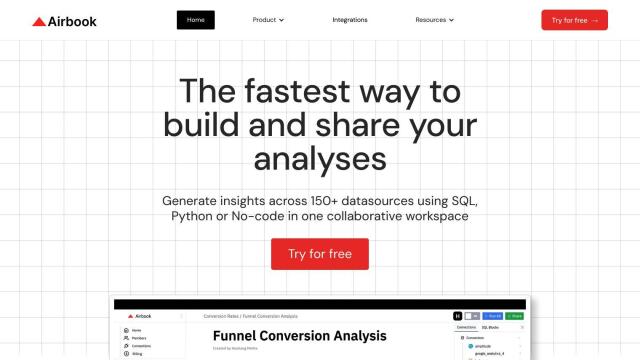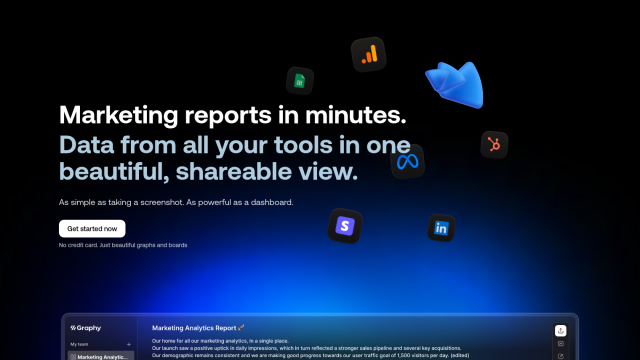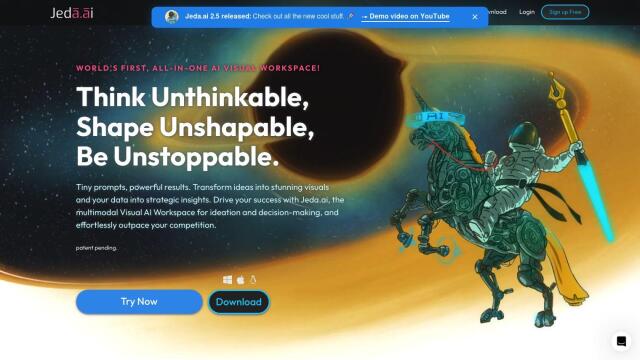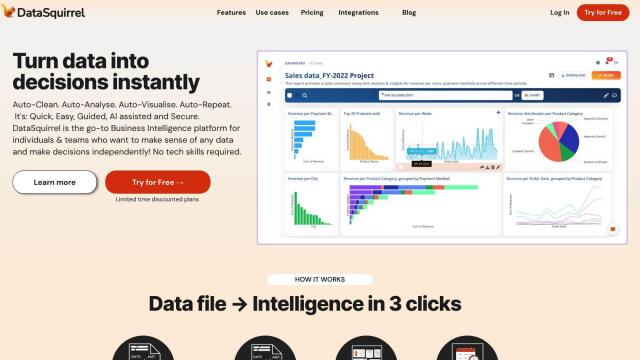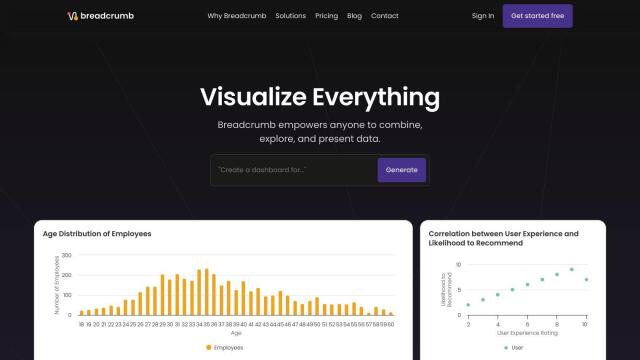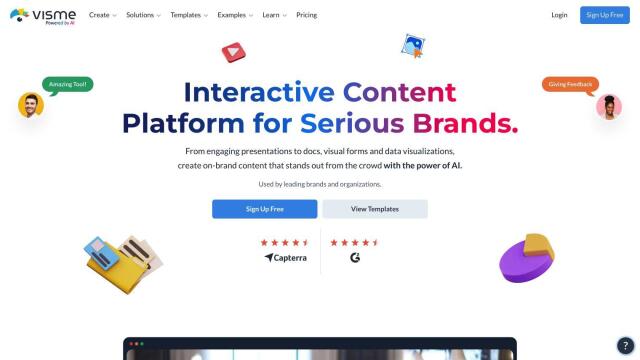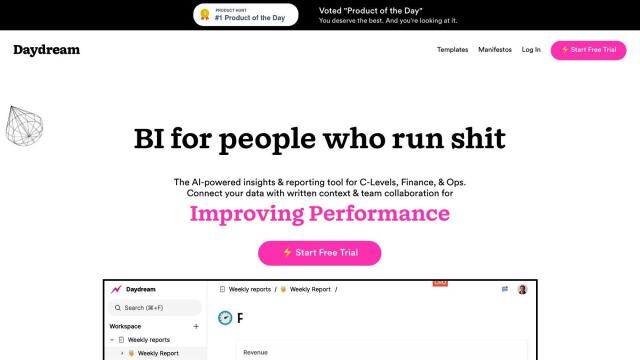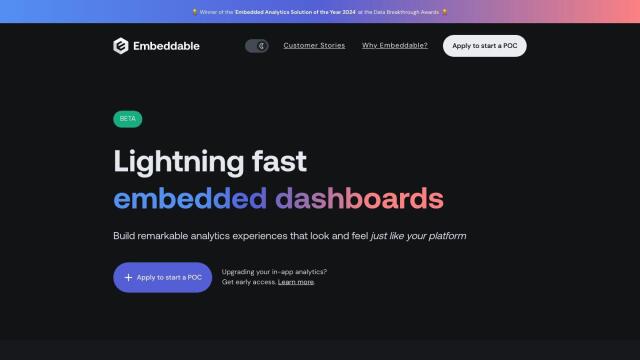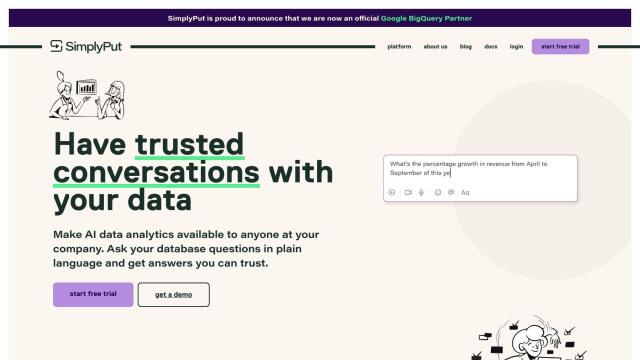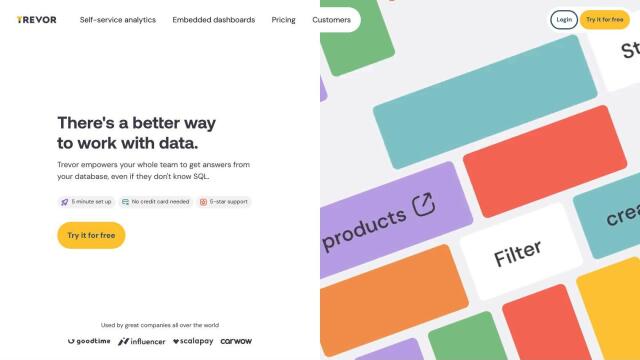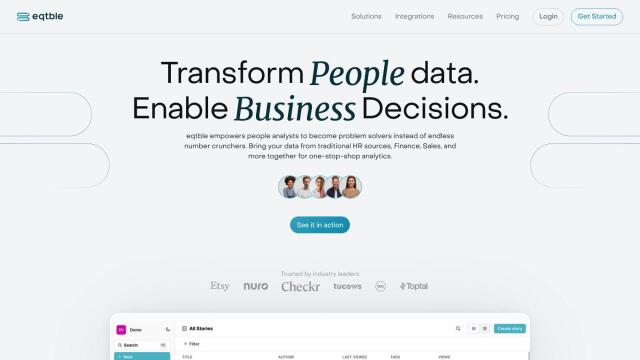Question: Is there a self-serve data visualization tool that enables teams to easily manage and share insights across the organization?
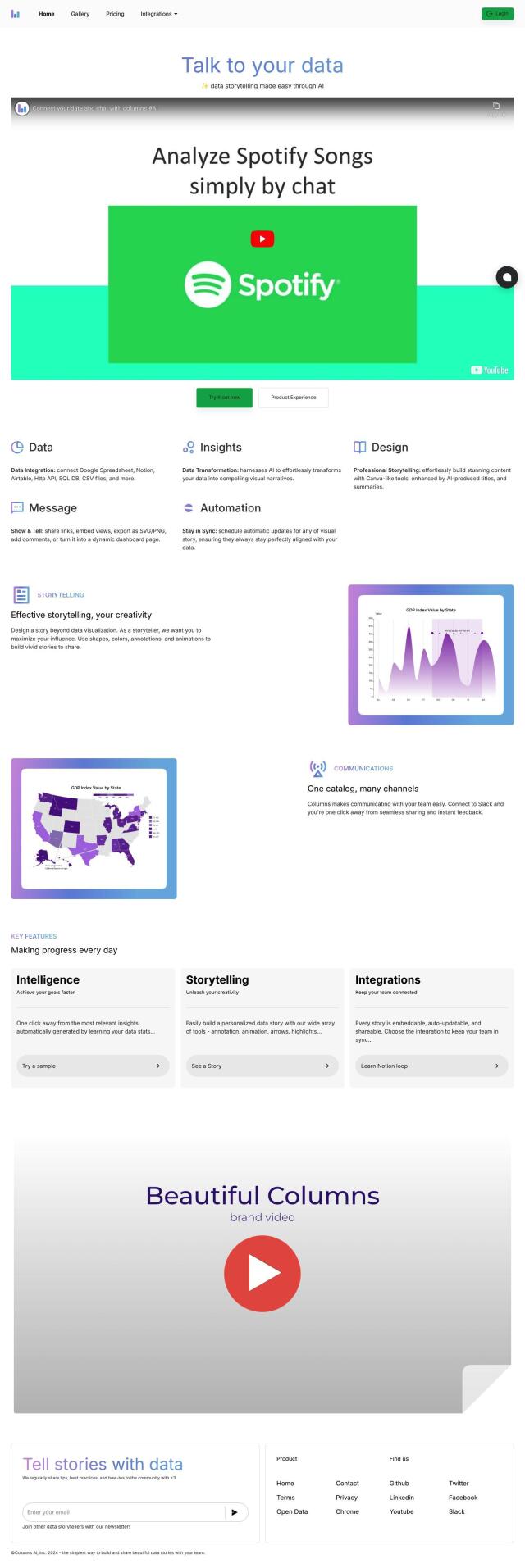
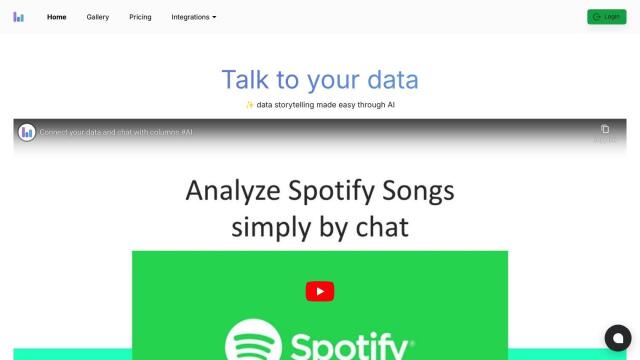
Columns
If you need a self-serve data visualization tool to manage and share insights across your organization, Columns is a good choice. The tool lets people collaborate on data visualization projects using natural language and speech-based input, so it's good for teams with a mix of technical and non-technical people. Columns has fine-grained access controls, a data catalog that's easy to use, and self-serve data storytelling abilities that make it easier for teams to create and share data visualizations.


ThoughtSpot
Another good option is ThoughtSpot, an AI-infused analytics tool that lets people ask natural language questions to try to get data-driven answers. ThoughtSpot has search, AI-generated insights, embedded analytics and flexible data modeling. Its governance and security controls let administrators keep insights from getting out of hand, and it's a good option for teams that need analytics that can scale and that are secure.


Rasgo
If you need to tap into Enterprise Data Warehouses (EDWs) for analytics, Rasgo is a good option. The AI-infused tool lets people ask natural language questions and visualize data to get business insights. Its AI-orchestrated business intelligence approach means insights are secure and customized, which is good for finance teams and data teams trying to give business units self-service data insights.

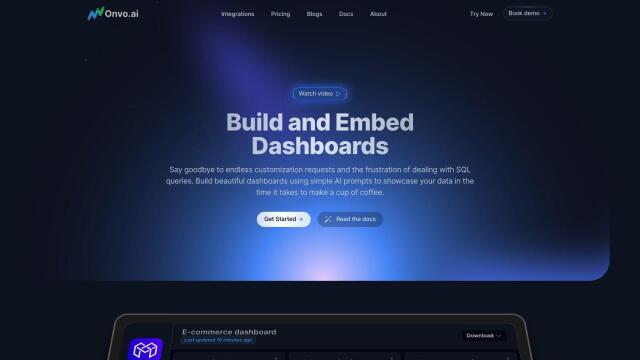
Onvo
Last, Onvo is a simple tool for creating interactive charts and dashboards without having to write complex queries. With AI prompts for building dashboards and customization options to match brand identities, Onvo is good for startups and enterprises that want to speed up data visualization workflows. It can connect to a variety of data sources, including MongoDB, PostgreSQL and Google Sheets.

